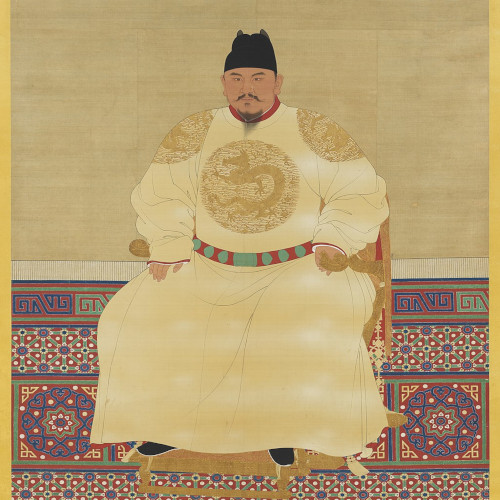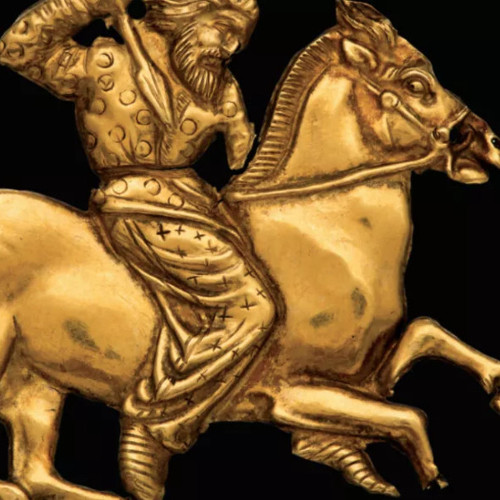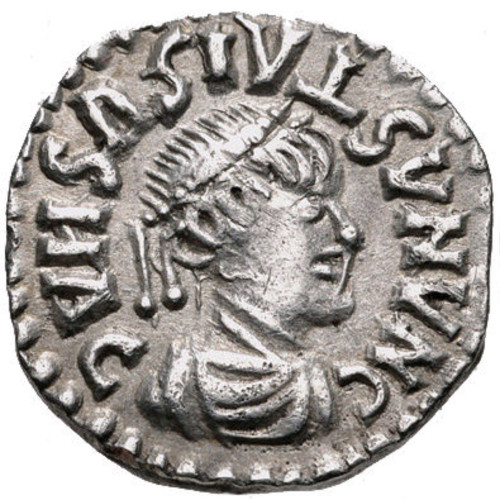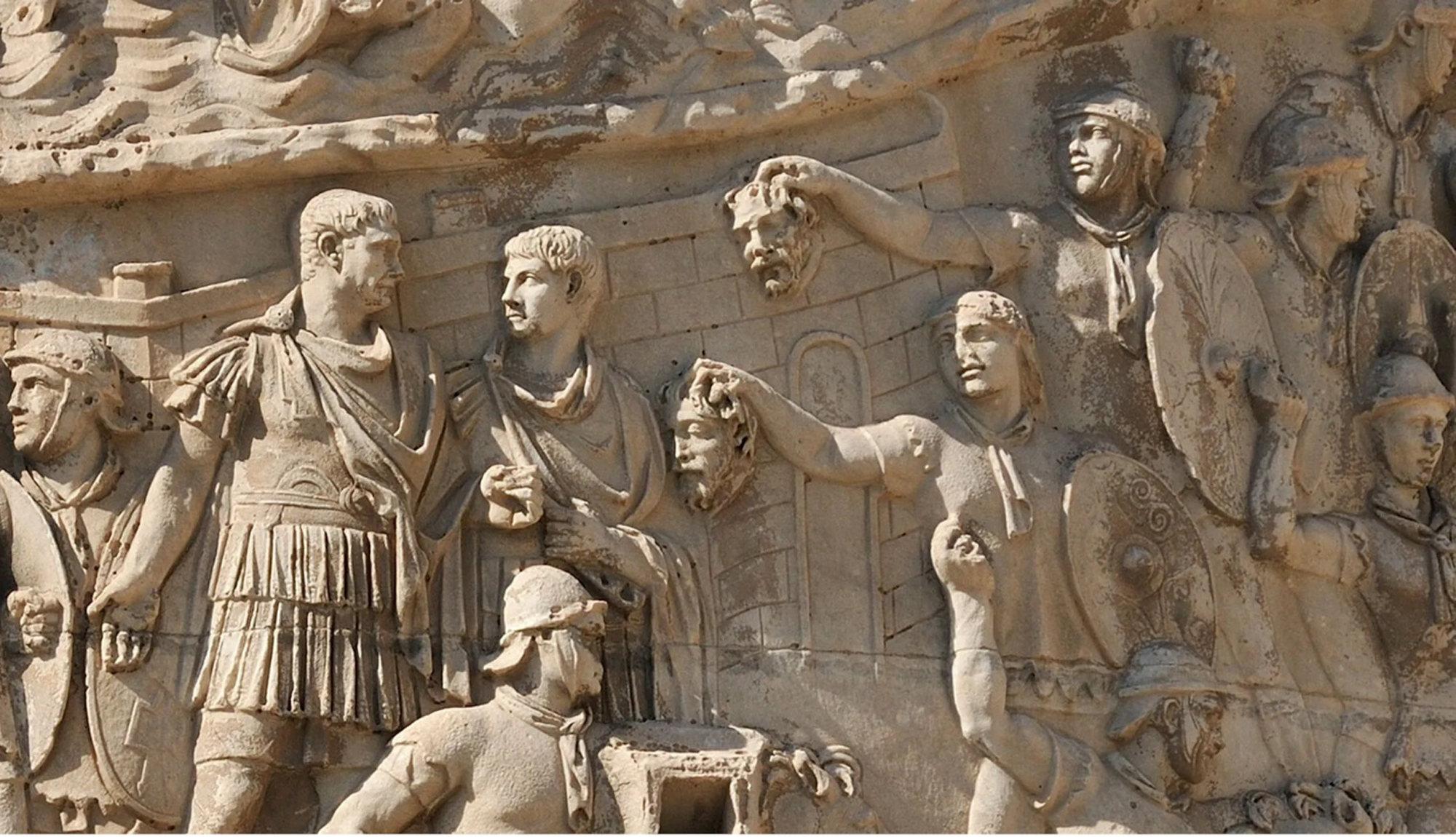
Dedicated for all DNA, Analysis Results, History, Research topics related to: Ming Dynasty
The Ming Dynasty, a period of Chinese history running from 1368 to 1644, was founded by Zhu Yuanzhang, who rose from humble beginnings to overthrow the Mongol-led Yuan Dynasty. It was a golden age of reinvigoration for China, marked by remarkable innovations such as the construction of the Great Wall as we know it today and the majestic Forbidden City in Beijing. The dynasty was renowned for its flourishing arts, including delicate blue and white porcelain, which became highly prized around the world and symbolizes Chinese artistry even today. Under the Ming, the notorious voyages of Admiral Zheng He expanded China's maritime influence across Asia and Africa, establishing China as a premier global power through seafaring prowess and diplomacy. However, internal strife and corruption eventually weakened the state, making it vulnerable to the rising Manchu forces, who would eventually topple the Ming and establish the Qing Dynasty. The Ming Dynasty remains a profoundly significant period in Chinese history, symbolizing cultural prosperity and dynastic strength, leaving a legacy that continues to influence China and the world.











Comments